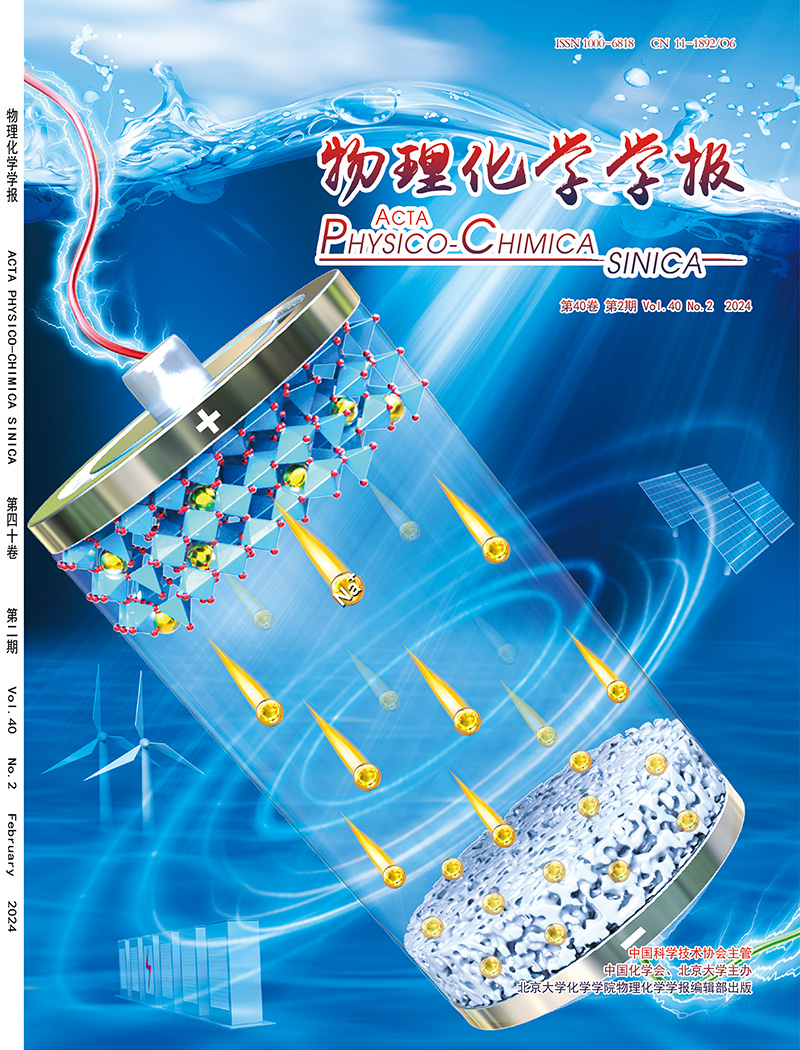Accurate and efficient prediction of Schottky barrier heights in 2D semimetal/silicon heterojunctions
IF 13.5
2区 化学
Q1 CHEMISTRY, PHYSICAL
引用次数: 0
Abstract
The accurate prediction of the Schottky barrier height (SBH) holds significant importance for optimizing the performance of semimetal/semiconductor heterojunction devices. Two-dimensional semimetal/semiconductor heterostructures have now been extensively studied experimentally. However, first-principles predictions of the corresponding SBH typically require solving the ab initio Hamiltonian in supercells containing more than 103 atoms. This high computational complexity not only results in extremely low efficiency but also hinders the design and optimization of heterojunction devices. Herein, we apply density functional theory with a core-level energy alignment method for transition-metal-ditelluride semimetal/silicon junctions, which enables a reduction in supercell size by one order of magnitude. The predicted SBHs show excellent agreement with experiment. We further investigate different 2D semimetal compounds, finding that all candidates exhibit lower SBHs for holes than electrons, with thickness effects becoming negligible beyond three to five layers. This study presents an efficient framework for calculating SBH in complex heterostructures and provides theoretical guidance for the efficient design of high-performance 2D semimetal heterojunction devices.

二维半金属/硅异质结中肖特基势垒高度的准确有效预测
肖特基势垒高度(SBH)的准确预测对于优化半金属/半导体异质结器件的性能具有重要意义。二维半金属/半导体异质结构已经得到了广泛的实验研究。然而,相应的SBH的第一性原理预测通常需要解决包含超过103个原子的超级细胞中的从头算哈密顿量。这种高计算复杂度不仅导致效率极低,而且阻碍了异质结器件的设计和优化。在此,我们将密度泛函理论与芯级能量对准方法应用于过渡金属-二碲化物半金属/硅结,这使得超级单体的大小减少了一个数量级。预测结果与实验结果吻合良好。我们进一步研究了不同的二维半金属化合物,发现所有候选化合物的空穴的SBHs都低于电子,厚度效应在三到五层以上可以忽略不计。该研究提供了复杂异质结构中SBH的有效计算框架,为高性能二维半金属异质结器件的高效设计提供了理论指导。
本文章由计算机程序翻译,如有差异,请以英文原文为准。
求助全文
约1分钟内获得全文
求助全文

 求助内容:
求助内容: 应助结果提醒方式:
应助结果提醒方式:


